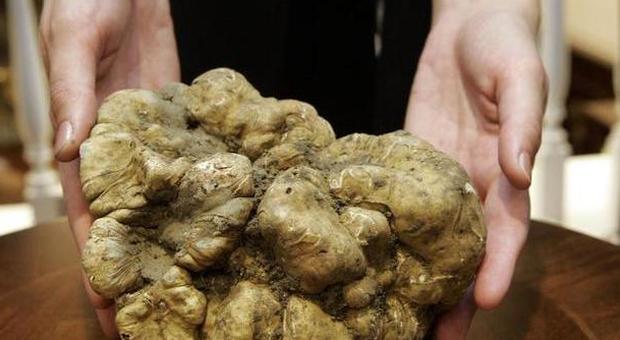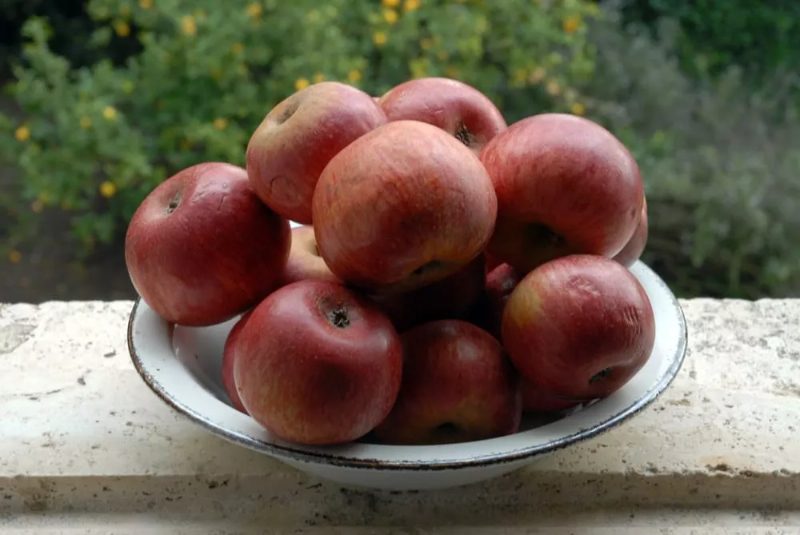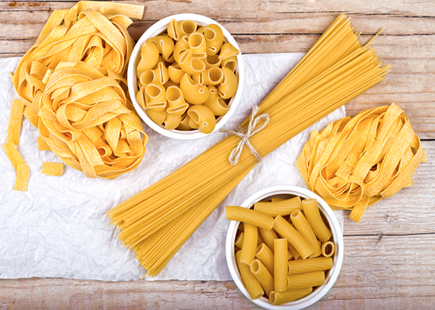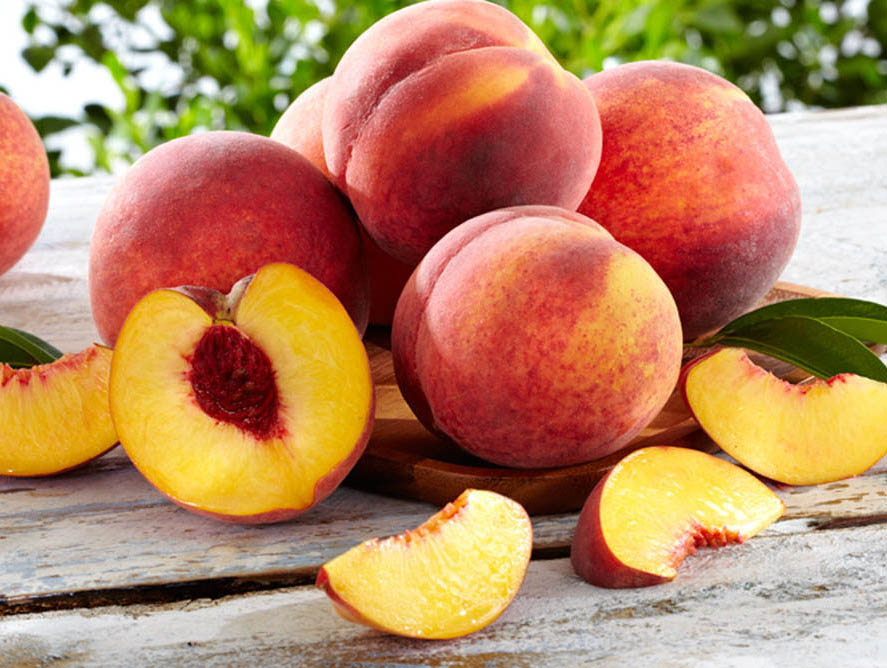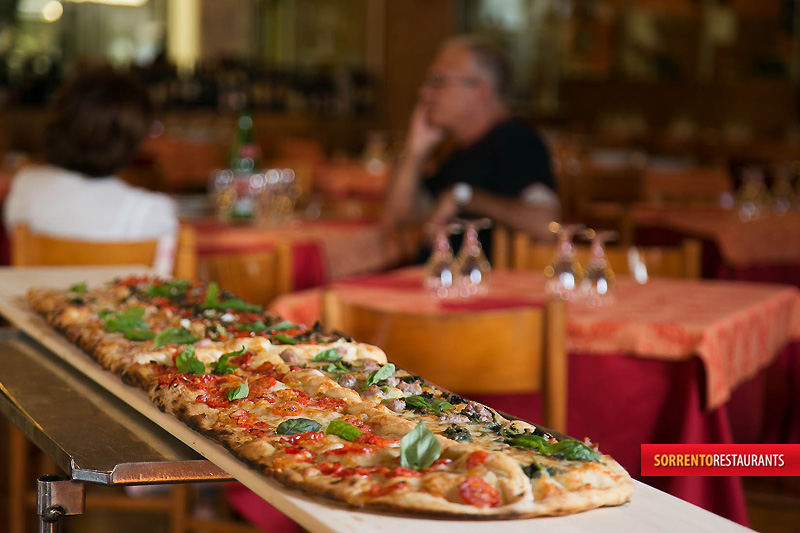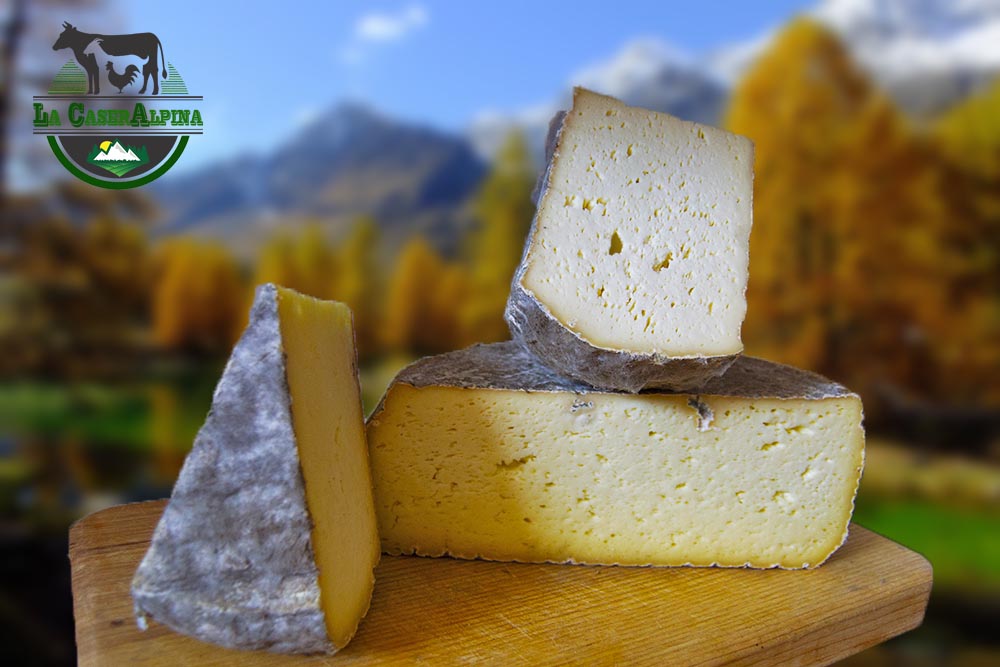Plutarch ventured the hypothesis that the truffle arose from the combined action of water, heat and lightning. Similar theories were either shared or disputed by Pliny, Martial, Juvenal, and Galen and fueled discussion and controversy among proponents of various currents of thought.
The first treatise solely devoted to truffles, ‘Opusculum de tuberibus" dating back to 1564, was written by Umbrian physician Alfonso Ciccarelli.
Truffles are hypogean fungi in that they carry out their entire life cycle underground. Botanically speaking, they are part of the genus Tuber but have nothing to do with potatoes and the like; instead, they are close relatives of porcini and prataioli, although they have a globular appearance and a very different internal structure.
From Apicius to Juvenal, from Della Porta to Cavalcanti, the history of gastronomy is full of mentions and recipes based on the precious mushroom. The first written record of truffle preparations is by Apicius, who recommended storing them sealed in jars in a cool place, cut into thin slices, arranged in alternate layers with dry sawdust. Apicius suggested boiling them in a pot with a sauce of wine, oil and honey, or boiling them and accompanying them with a sauce of pepper, coriander, rue, honey and oil.
In the perception of truffle-loving gourmets, the areas of choice are Piedmont with its truffle capital Alba, Marche with Acqualagna, Tuscany with San Miniato, and Umbria with Norcia.
While this is true, and it is certainly true, it is equally true that excellent truffles, well in abundance are also found in two centers of choice in Campania: Bagnoli Irpino and Ceppaloni.
Bagnoli Irpino was until last summer the only truffle town in Campania. Since last October, Ceppaloni (Bn), in the Sannio region, has also been part of the National Truffle Cities Association.
Ceppaloni, just over 3,000 inhabitants, sits on top of a hill in the fertile Sabato valley, surrounded by oak and pine forests. Density at the Scandinavian level.
Remarkable for its castle, which hosted popes, kings and emperors, Ceppaloni was a border area first between the papacy and the empire and then between the Angevins and the Aragonese.
Here white truffles are found in abundance, especially in autumn.
The white truffle of Ceppaloni comes out of anonymity, ceases to be considered a commodity that takes distant routes (and perhaps during overnight travels assumes origins of greater blazon) and is on its way to becoming the connotative element of this strip of Sannio.
